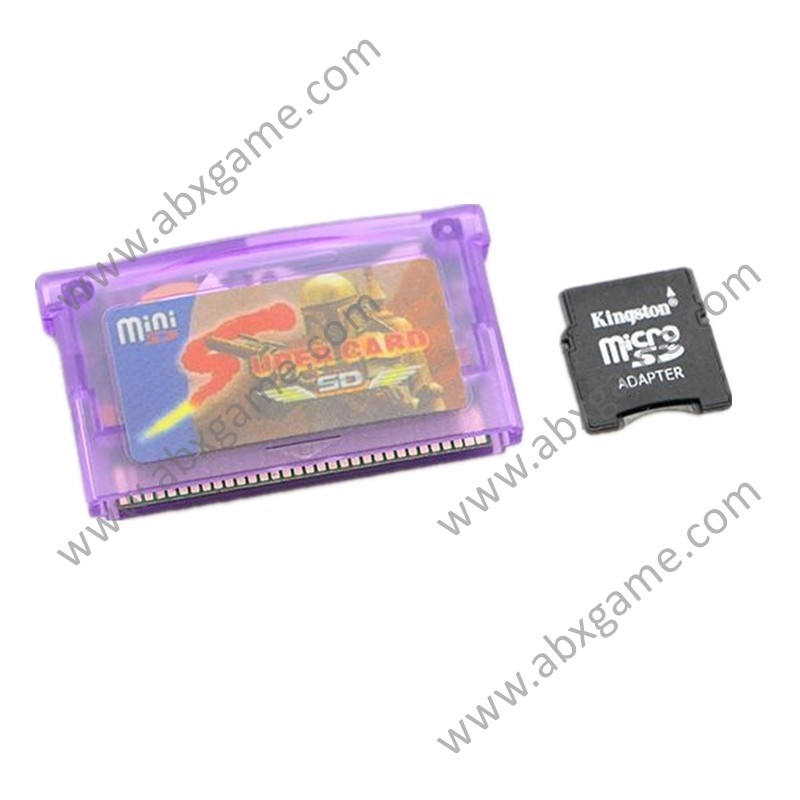

Where do I find it? On the manufacturer’s website, or, bringing back the post mentioned earlier with the R4 card user on, one can find lots of firmware’s for lots of different cards here: What is a loader? It means the card’s firmware/menu. Upon reading the DSLinux wiki page for devices a little closer, I noticed that the listing for the M3DS Real notes that one should ‘Use loader V2.7d or V2.8’. I patched the dslinux.nds file using the linux command line tool and saw no change to the behaviour of the DSLite, still white screens.

Most of the links on the DSLinux page to DLDI were broken, but we descovered the new home of DLDI and it’s associated tools to be. Homebrew games must be ‘patched’ for whatever device you’re using to allow them to read/write to the storage device. Turns out, DLDI is a library that allows programs to “read and write files on the memory card inserted into one of the system’s slots”. At the time this was all meaningless jargon to me, since I’ve never done any Nintendo DS homebrew before.

The DSLinux ‘Running DSLinux’ does mention patching the ‘dslinux.nds’ file with DLDI if the device one is using doesnt support auto-dldi. Some forum posts which are the first results when searching the issue on DuckDuckGo suggest that something called DLDI is the issue. Starting DSLinux from M3 Sakura results in a white screen In this case, I put the DSLinux files (dslinux.nds, dslinuxm.nds and ‘linux’, a folder) into the NDS folder and stuck it in my DSLITE.Īfter selecting DSLinux from the menu, I got the joy of….a blank screen. It was only 3 folders, SYSTEM, NDS and SKINS in the root of the card. I copied the firmware onto another SD Card (because we didn’t want to loose the data on the original card). We had a Micro-SD Card in the M3Real anyway, with the M3 Sakura firmware on it so it seemed reasonable to just jump in there. M3DS RealĪnother card listed as supported on the DSLinux site, so seemed a good one to try. It should be noted that the R4 card I had had never been tested anyway, so it might never have worked. Although the post did prove useful later. I spent a long while searching around the internet and trying various firmwares for R4 cards - None of them I tried did anything except show the Menu? screen on boot.įinally, finding this post on from a user with a card that looks exactly the same as mine lead me to give up on the R4 card and move on to the M3DS Real. Unfortunately, it seems the ones we’ve got are knockoffs and therefore proved challenging to find firmware for. They’re popular and supported by DSLinux. The first cards I tried were the R4 cards we had. I purchased a SuperCard SD from Ebay to provide some extra RAM, which apparently is quite useful, since the DSLite has only 2mB of it on it’s own.The SuperCard SD I bought had 32mB extra RAM bringing the total up to some 34mB, wowee.


 0 kommentar(er)
0 kommentar(er)
